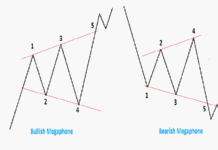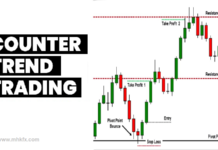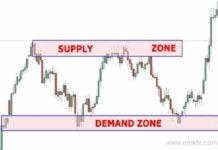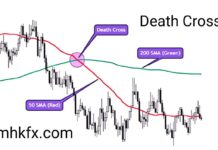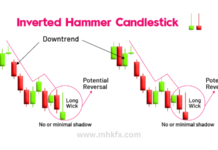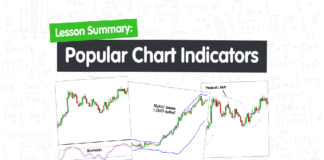
The world of forex trading is often described as a financial wilderness, where traders brave the treacherous terrain of bull and bear markets to seek their fortunes. In this dynamic arena, it’s essential for traders to have a comprehensive set of strategies at their disposal to not only survive but thrive in both bullish and bearish conditions. This article explores key strategies that traders can employ to navigate the forex wilds effectively.
Understanding Bull and Bear Markets
Before delving into strategies, let’s briefly define bull and bear markets:
Bull Market: A bull market is characterized by rising asset prices, optimism, and positive sentiment among traders and investors. During a bull market, traders anticipate further price increases, leading to an uptrend.
Bear Market: A bear market, on the other hand, is marked by falling asset prices, pessimism, and negative sentiment. Traders in a bear market expect further price declines, leading to a downtrend.
Strategies for Bull Markets
Trend Following: One of the most straightforward strategies in a bull market is trend following. Traders identify an existing uptrend and aim to ride it by buying when prices pull back slightly and selling when they reach new highs. Technical indicators like moving averages can help identify trends.
Breakout Trading: Bull markets often see breakouts, where prices surpass previous resistance levels. Traders can capitalize on these breakouts by entering long positions as prices breach resistance, with stop-loss orders in place to manage risk.
Fundamental Analysis: In a bull market, fundamental analysis can be key. Traders look for strong economic data, positive earnings reports, and other indicators of economic health to support their bullish positions.
Strategies for Bear Markets
Short Selling: In a bear market, traders can profit by short selling, which involves borrowing assets, selling them, and repurchasing them at a lower price. This strategy allows traders to profit from falling prices.
Hedging: Hedging involves opening positions that offset potential losses in the opposite direction. For example, if a trader holds a long position on a currency pair, they can open a short position on the same pair to hedge against potential losses.
Safe Haven Assets: During bear markets, traders often flock to safe-haven assets like the US dollar, Swiss franc, or gold. These assets tend to appreciate when market sentiment turns negative, providing a hedge against market downturns.
Adapting to Changing Conditions
The forex market is highly dynamic, and conditions can change rapidly. Traders must be adaptable and open to switching between strategies as market sentiment shifts. Additionally, risk management is crucial in both bull and bear markets. Setting stop-loss orders, diversifying portfolios, and using appropriate position sizing can help limit losses and protect capital.
Conclusion
Navigating the forex wilds requires traders to be well-prepared for both bull and bear markets. By employing a combination of technical and fundamental analysis, along with a variety of strategies tailored to each market condition, traders can enhance their chances of success. Remember that no strategy is foolproof, and risk management remains paramount in preserving capital and weathering the storms of the forex market’s ever-changing landscape. With the right tools and knowledge, traders can confidently venture into the wilderness of forex trading, prepared for whatever market conditions may arise.
Click to sign up with Blackbull
Related Articles:
Trading Beyond Market Price : Understanding the Fair Value Gap (FVG)
Legal and Moral Aspects of Forex Trading in Islamic Finance
Exploring the World of Forex Currency Market

